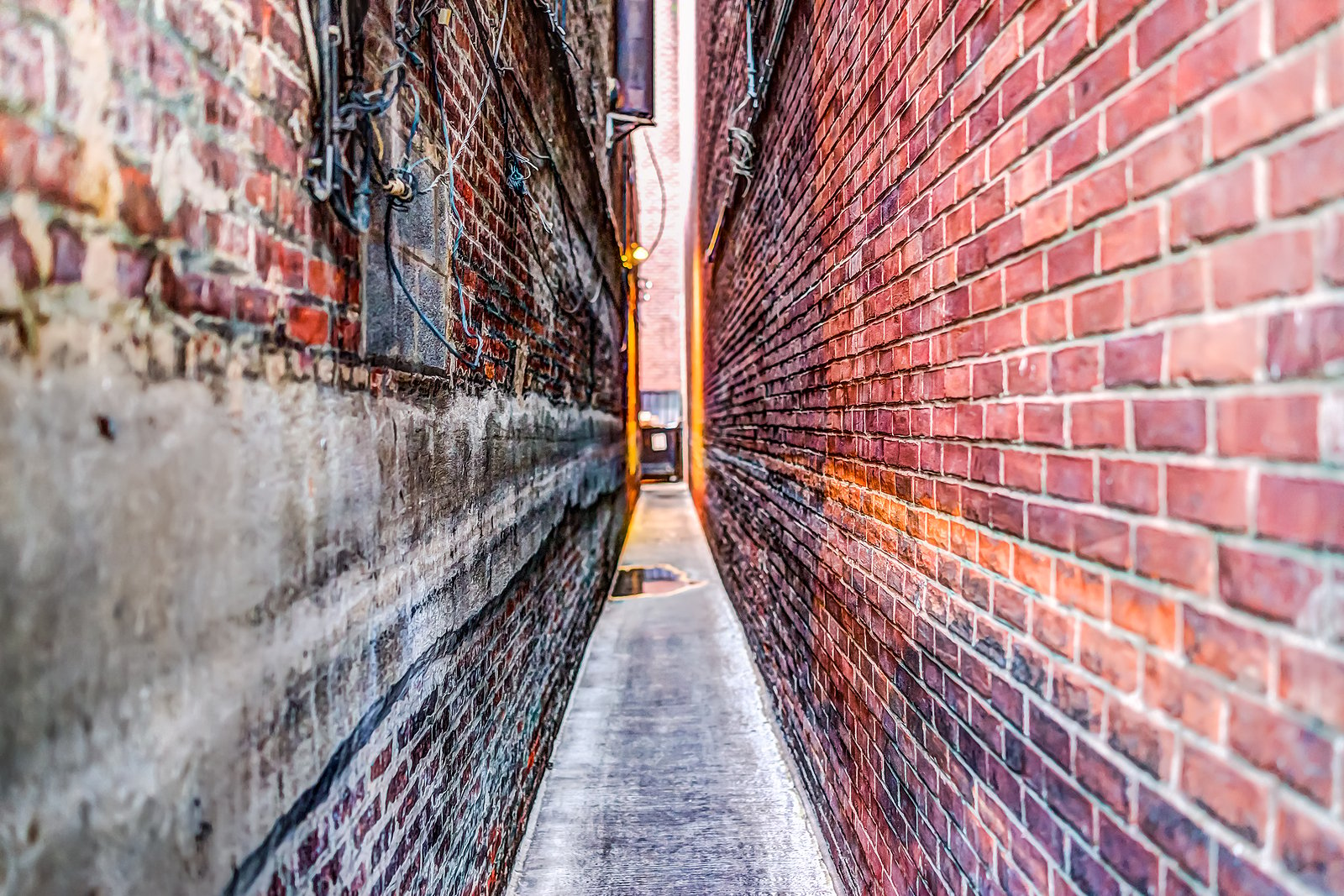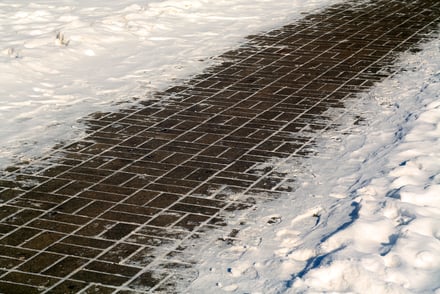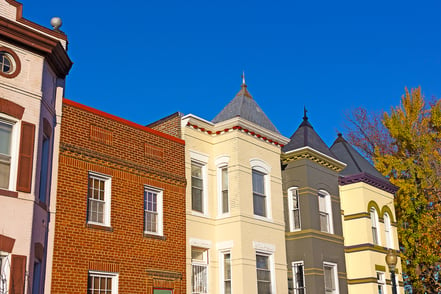 In the DC area, homeowners likely know all about "doglegs" built into many historic two to three-story rowhouse homes, which share at least one wall side with their neighbor's house. Doglegs were originally designed and built by 19th and early 20th-century rowhouse-builders to bring some natural light into the middle of these homes. Without the doglegs, neighbors would have no windows on shared wall space. Homes not on the end of the row of houses would have no wall lighting on either side of their homes without them.
In the DC area, homeowners likely know all about "doglegs" built into many historic two to three-story rowhouse homes, which share at least one wall side with their neighbor's house. Doglegs were originally designed and built by 19th and early 20th-century rowhouse-builders to bring some natural light into the middle of these homes. Without the doglegs, neighbors would have no windows on shared wall space. Homes not on the end of the row of houses would have no wall lighting on either side of their homes without them.
Dogleg Downsides
Instead of a dogleg, some homes have extremely narrow footpaths between them, also designed to allow for side-lighting. While each of these architectural styles gets points for effort, there are downsides, too.
The unfortunate consequence of having these narrow dogleg courtyards or walkways between homes is that their exterior walls often receive little to no direct sunlight. That means that the brick or masonry making up that section of the outside exterior requires perfectly designed and maintained drainage systems to stay dry.
Unlike the shared walls, these small sections are exposed to weather elements, which, even with some sunlight, can deteriorate due to regular erosion events caused by:
- Frost or trapped water
- Shifting and settling from the building
- Extreme temperatures
- Groundwater absorption
Consequences of Damp Dogleg Walls
Suppose the drainage cavities built into these little dogleg courtyard spaces' exterior walls become clogged with leaves or other detritus or older unchecked damage to the wall. In that case, water accumulates and further damages mortar and wall materials. This damage can include:
- Missing or loose brick and mortar
- Water penetration into the foundation
- Cracked brick and mortar
- Stair-stepping and diagonal cracks in corners
- Flaking or crumbling of outer wall layers (spalling)s
- External wall buckling, bowing or bulging
Other Symptoms of Dogleg Wall Damage
It's essential to regularly inspect these inner courtyard wall spaces to identify potential issues in need of repair before the problems worsen. Damaged mortar further encourages more water penetration and more damage over time if not repaired. Early signs may not be as apparent as visible brick and mortar damage, partly because the area is not well-lit or viewed as often as the front or back of your house. It also might be a few stories up and hard to see.
Signs to watch for if you suspect more severe damage to the exterior wall surfaces in a dogleg:
- Staining & Efflorescence – Dark staining of the brick or a salty powdery deposit on the face of the brick or stone surfaces can be signs of more severe water damage.
- Mildew and Fungus - Mildew and Fungus point to a significant and longer-lasting water damage problem, which is also unhealthy. Mildew can indicate that mold is growing somewhere within the walls, which may manifest on the interior.
- Plant growth – Moss and other plant growth can develop in the mortar joints and worsen material damage.
It's a good idea to schedule regular inspections and maintenance for your exterior dogleg exterior walls. Renaissance Development has professionals who know well how to identify, maintain and repair exterior masonry for your historic homes. Get in touch today.
Feb 25, 2021 7:45:00 AM


